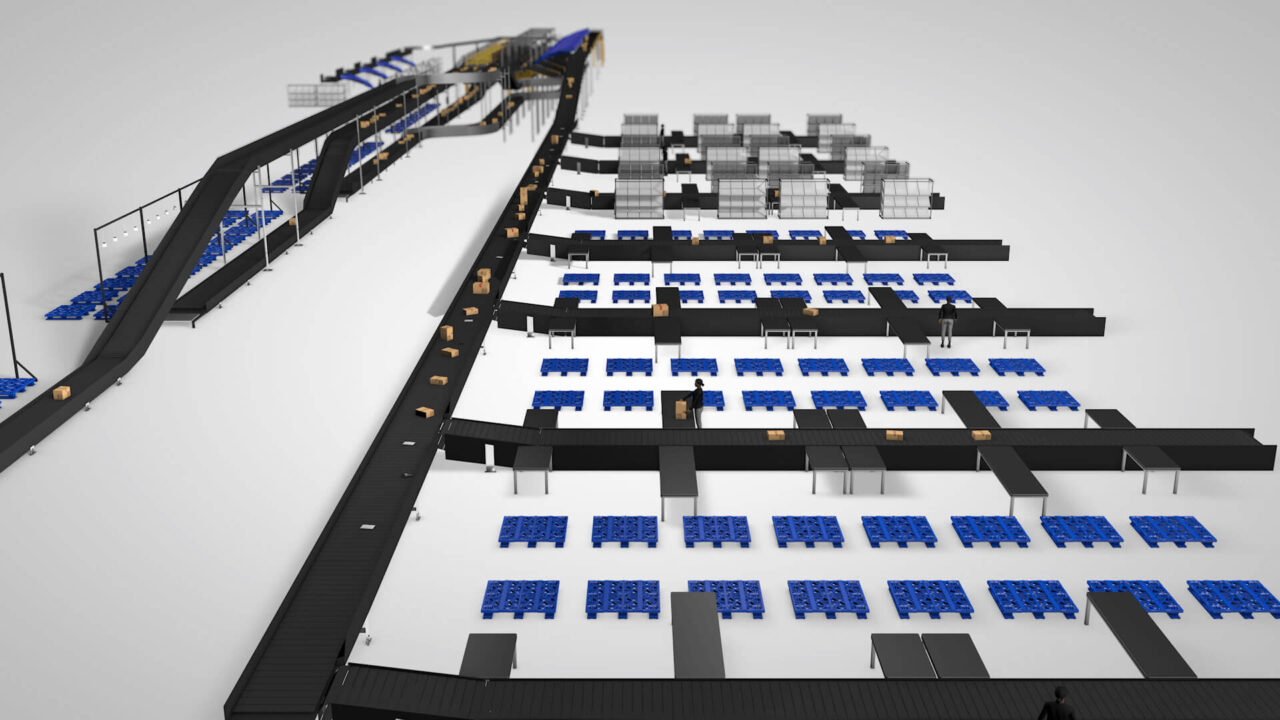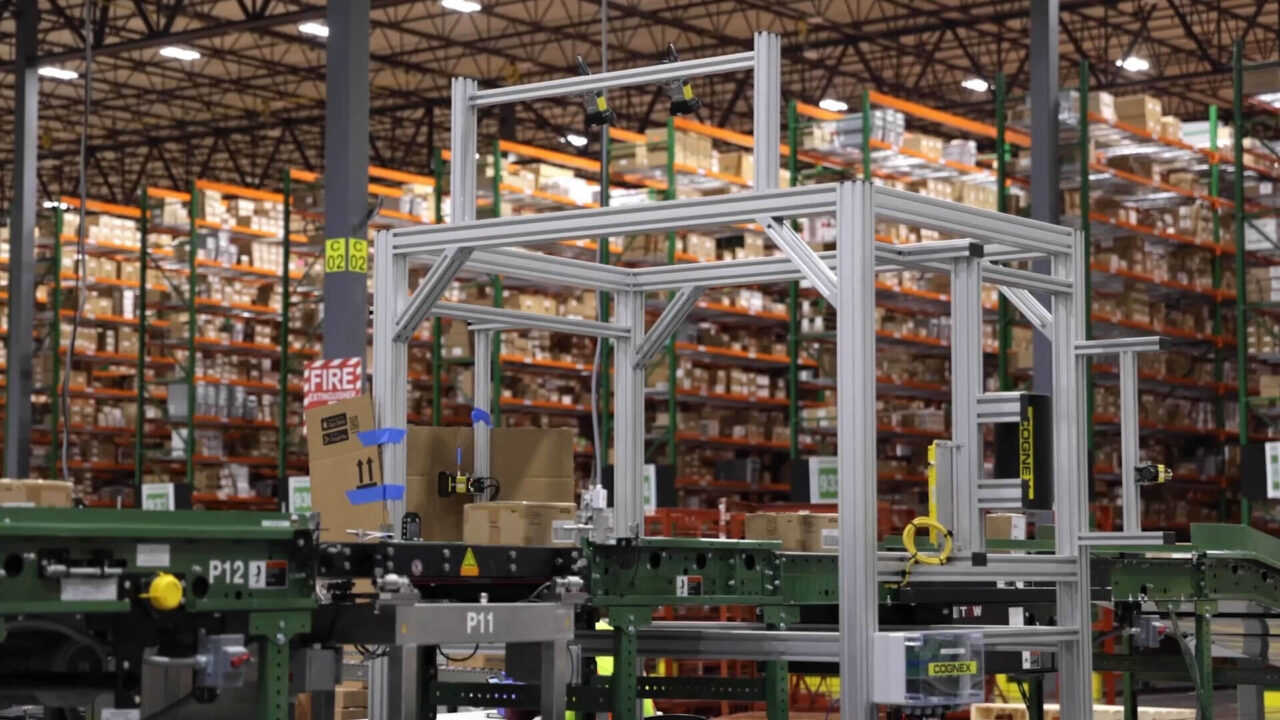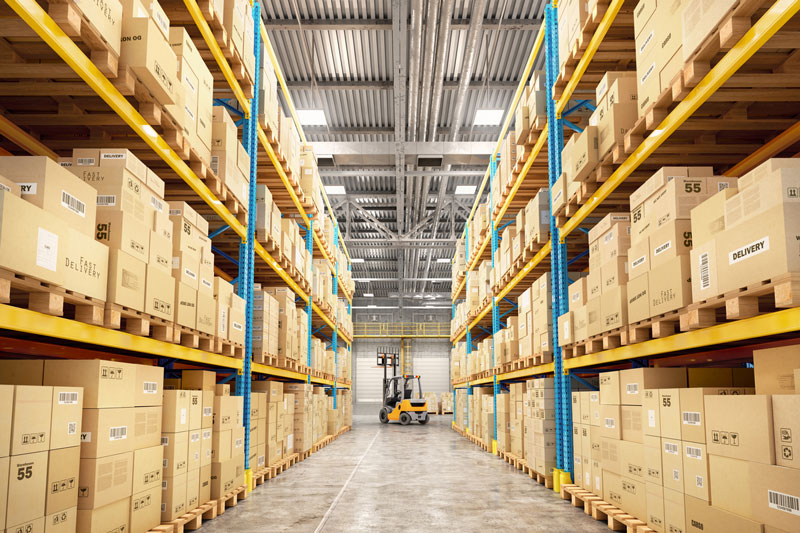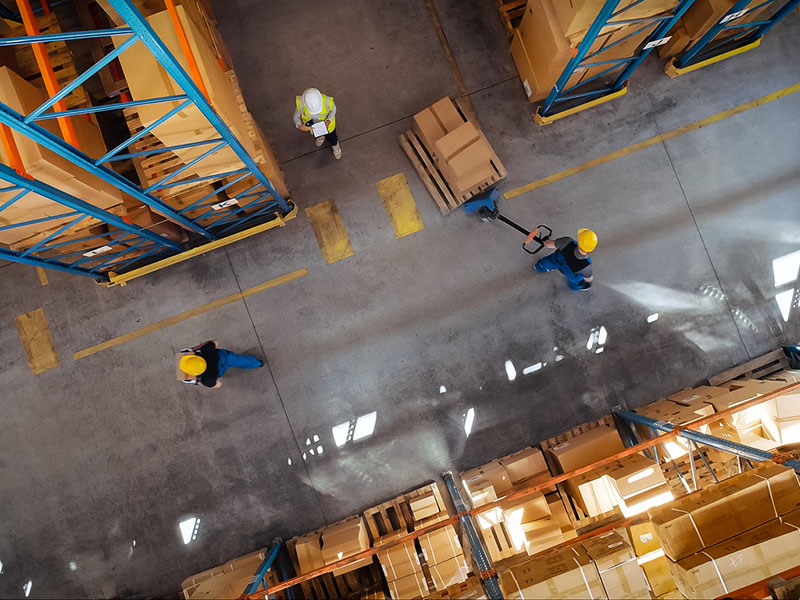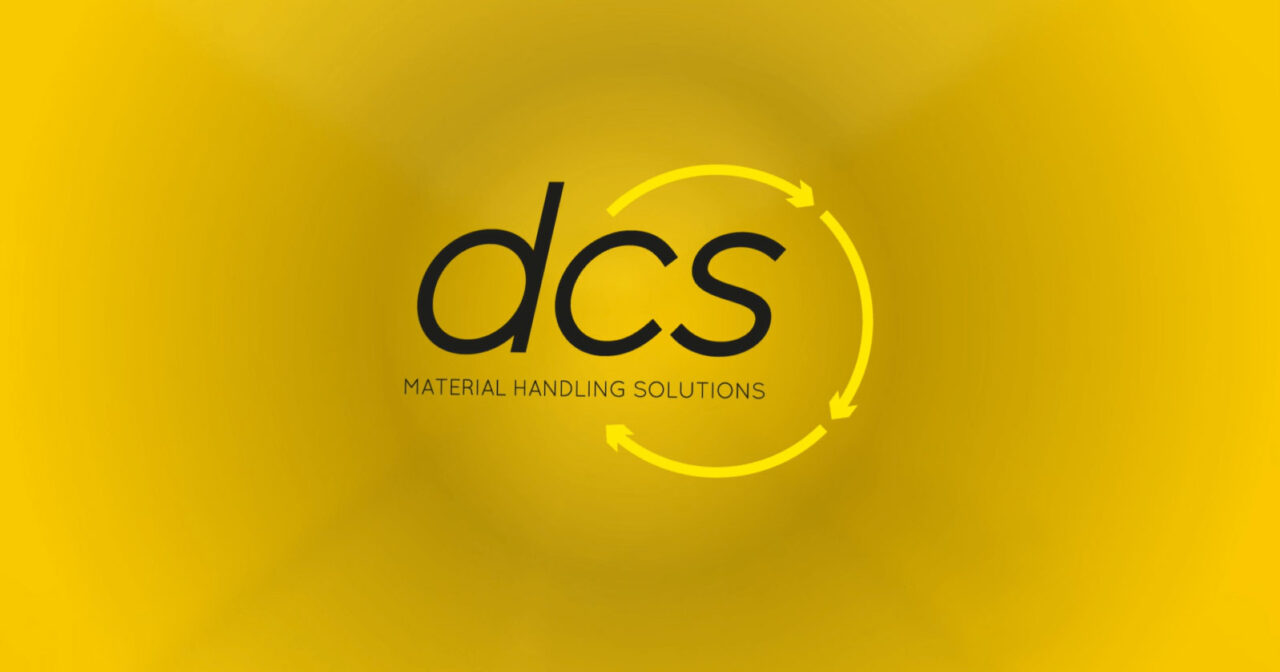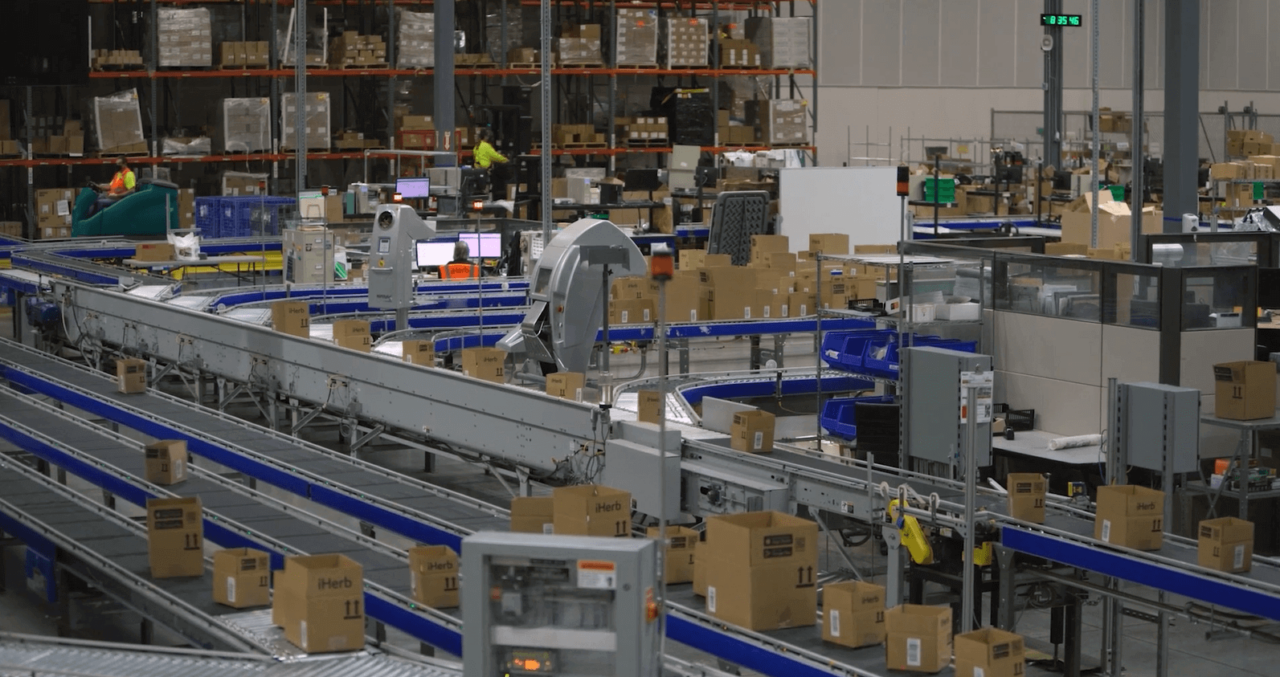3 Approaches To Increasing Outbound Sortation Flexibility
by John Knudsen, Lead Solutions Manager
Just because it comes at the end of the fulfillment process doesn’t mean outbound sortation should be an afterthought. Particularly today, when the demands of e-commerce and the need to minimize shipping costs have resulted in shippers using a diverse array of secondary packaging sizes, shapes, weights and types.
Yet, that packaging diversity – cartons, polybags, envelopes, mailers – coupled with abrupt swings between normal and peak throughput demands can be challenging for a single automated solution to handle without a significant investment. Instead, many facilities resort to costly and scarce manual labor to pre-sort outbound shipments to meet carrier preferences, and struggle to keep up with spikes in volume.
It doesn’t have to be this way. Instead, by applying the right combination of semi-automated sortation solutions, an operation can successfully – and affordably – handle and control the vast array of outbound parcel types, even during high-volume peak periods and with limited headcount. By blending multiple types of sortation technologies, retail fulfillment shippers gain the ability to flex their resources – both equipment and personnel – as needed to keep pace with end customer expectations.
Here, I’ll walk through three different approaches we’ve recently developed that integrate multiple, different semi-automated sorting systems from different original equipment manufacturers (OEMs) to flexibly address sortation challenges.
1. At MODEX 2020, we showcased the turnkey Semi-Automated Bulk Sort Solution.This system incorporates a bulk sorter outfitted with a series of pushers. As the flow of mixed outbound parcels passes by, the pushers are timed to impel a batch of multiple parcels off the belt onto a chute. Each pusher-chute combination feeds a separate manual sortation workstation, each staffed by an operator who manually sorts the items by destination and size. From that initial semi-automated sortation point, the sorted parcels are routed to one of several zones, depending on their destination or characteristics. These include a final zone for small parcels sorted into different carrier gaylords (with or without optional light-directed putwalls); an accumulation lane that buffers outbound cartons; and a zone of carton sortation for manual routing to carrier-specific lanes. To support spikes in order volumes (both daily and seasonally), each zone of this system is modularly configurable, with areas turned off and on as needed. This allows management to add or change sort positions on-the-fly and reallocate their permanent or temporary workforce to better manage throughput surges.
2. For an application struggling to separate its smallest outbound parcels from medium-sized outbound case shipments, we’ve developed a stacked sortation system using two different types of sorter technologies. All parcels are initially sorted by type, individually, onto appropriate take-away conveyance. A singulated system carries larger cartons and sorts those items onto chutes leading down to a destination point; this prevents the smaller items from being damaged or lost within the system. The small items can be bulk handled, automatically singulated, and sorted into different carriers’ bulk containers for optimal shipping rates, while cases transported directly to outbound lanes are separated by carrier for loading.
3. One of the easiest ways to merge the diverse throughput while maintaining flexibility in truck loading is to deploy portable sections of roller conveyor or small, powered belt loaders at the dock. This accommodates a variety of diverse loading needs. When outbound parcels reach the shipping dock on a recirculating sorter, items are typically sorted to their destination carrier van or trailer. To increase throughput and reduce walking, these portable, small section conveyor solutions can be utilized as needed – moved away or offset to the dock openings – allowing alternative loading of trailers or vans at more effective productivity rates.
Through creative application of a variety of semi-automated sortation technologies and flexible, movable standard equipment, your e-commerce fulfillment operation can maximize existing labor and equipment to better handle shifting volumes. We’d love to talk with you about creating an approach to boost your outbound sortation throughput and flexibility.
Want to learn more about how DCS can create an affordable outbound sortation solution for your operation?
Connect with us.
_

Author
John Knudsen, Lead Solutions Manager,johnk@designedconveyor.com
A 25-year veteran of the material handling industry in his second year with DCS, John has worn many hats u2013 business modeling, process and system concepting, system design, project management and implementation, and operational improvement u2013 and has settled in over the past year as the Lead Solutions Manager. Outside of the office, John loves to fish and hunt, and is into traveling and spending time with his family.
